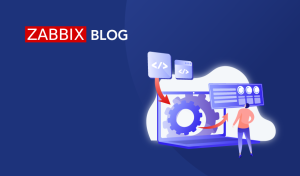
Author: Aigars Kadiķis


New Agent 2 features in Zabbix 6.0 LTS by Aigars Kadiķis / Zabbix Summit Online 2021
Aigars Kadiķis
January 18, 2022

Zabbix frontend as a control panel for your devices
Aigars Kadiķis
September 30, 2021

Agentless Oracle database monitoring with ODBC
Aigars Kadiķis
September 21, 2021

Maintaining Zabbix API token via JavaScript
Aigars Kadiķis
September 14, 2021
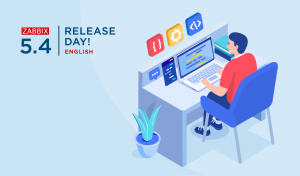
Triggers, calculated and aggregated items in Zabbix 5.4
Aigars Kadiķis
June 29, 2021
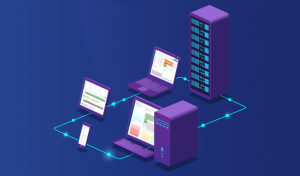
Correlation between devices across client site
Aigars Kadiķis
June 9, 2021
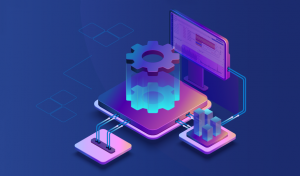
Delayed metrics, solve server queue
Aigars Kadiķis
March 24, 2021

Save 2 clicks, test data preprocessing
Aigars Kadiķis
February 4, 2021
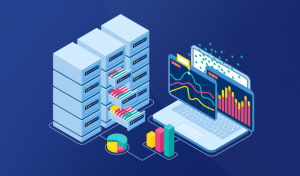
What takes disk space
Aigars Kadiķis
January 28, 2021

Examine Data Overview
Aigars Kadiķis
January 21, 2021

Summarize devices that are not reachable
Aigars Kadiķis
January 14, 2021